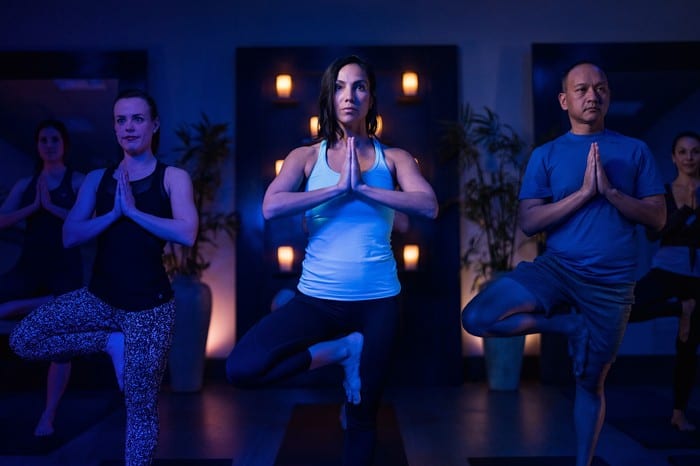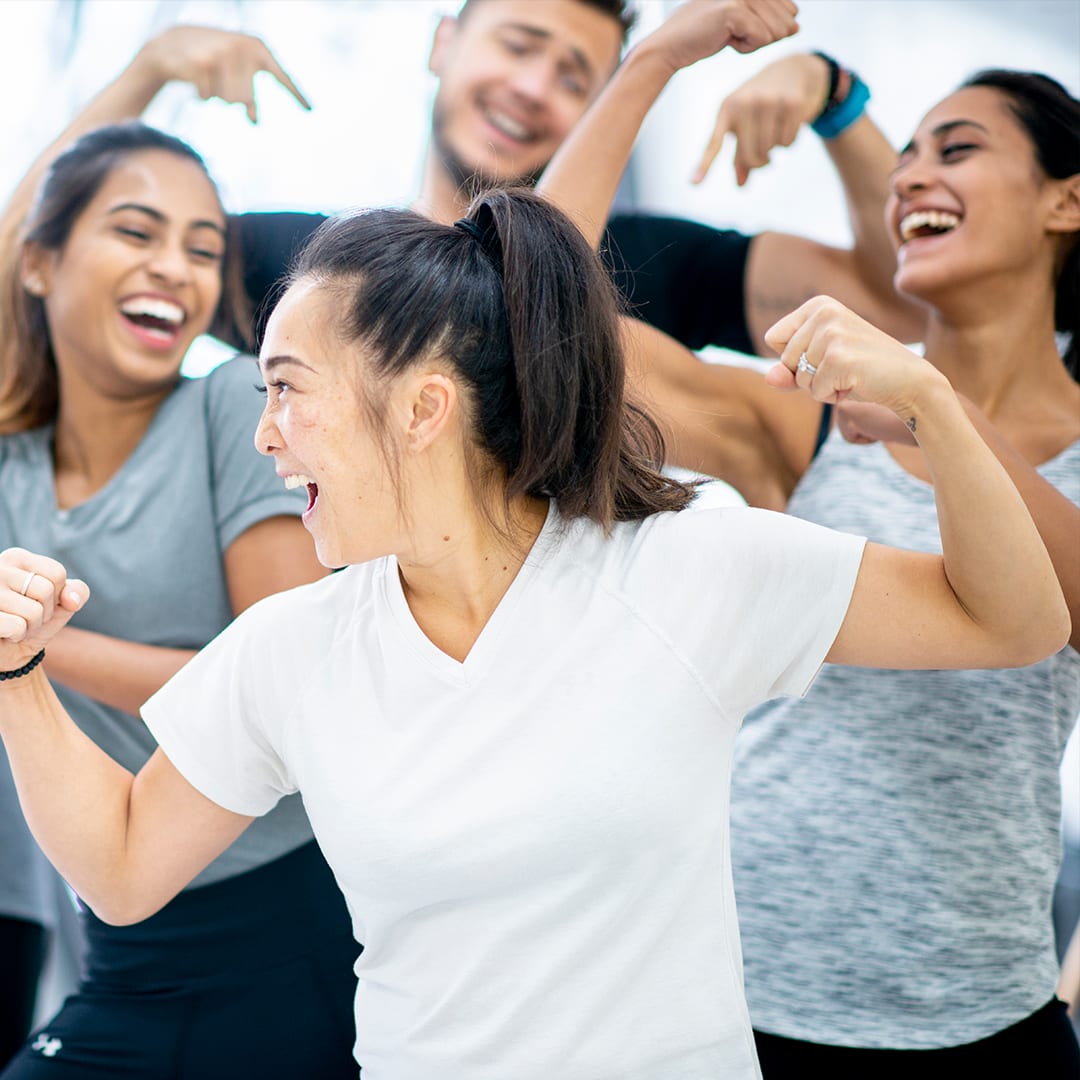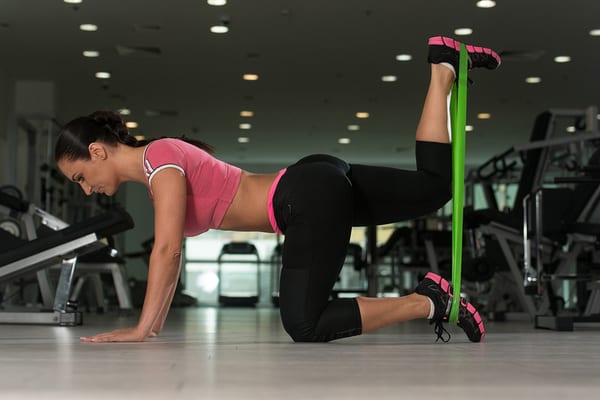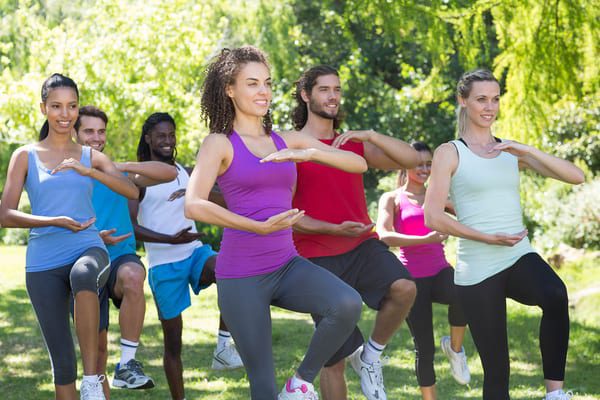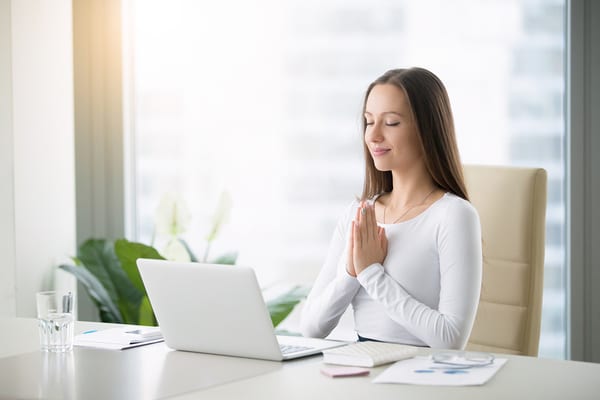Beginner’s Basics for Yoga in Reisterstown Gym
If you’ve never done yoga before, the thought of taking a class can be an intimidating one. Will you be able to keep up? Will you feel silly and/or out-of-place? Do you need to bring along anything special with you? All of these questions are perfectly legitimate and yet should not stand in the way of you and a potentially life-changing fitness pursuit. To that end, we’ve assembled a handy guide to all things beginner yoga. Here’s what you need to know.
Choosing the Right Class
Choosing the right class is important when it comes to starting out in yoga. There are many different types of classes and instructors. Not sure which to take as a beginner? A gym staff member should be able to point you in the right direction, so just give them a call or ask at the front desk. Words like “gentle,” “basic,” and “all levels” typically indicate beginner-friendly classes. (Take a look at our lineup to find a beginner yoga class that’s right for you.)
Yoga Attire 101
Comfort is key when it comes to yoga. Choose non-restrictive activewear that allows you to move freely. Layers can also help you feel more comfortable as your body warms and cools throughout the class. While many kinds of clothing are billed as “yoga wear,” simple leggings and a tank top or tee shirt are sufficient. Additionally, expect to remove your sock as bare feet serve two purposes; they’re less slippery than socks and can also help you feel more grounded in your practice.
In addition to wearing the right clothing, you may also want to invest in a yoga mat. While many gyms provide mats (or rent them for a small fee), you and your mat will be making direct contact throughout the class. Having your own is not only more hygienic but also an expression of your commitment to your new yoga practice.
Don’t forget to bring a water bottle. Yoga may seem slow-moving, but you’re likely to work up a sweat. (On that note, you may also want to bring a small towel.)
When it comes to what not to bring, one thing, in particular, makes the list: cell phones. Yoga is all about being present and existing in the moment, and cell phones are an unwelcome distraction, not just for you, but for others in the class, as well.
Getting Started
So you’re outfitted for yoga with a mat in hand. What next? Insiders recommend arriving in class 10 to 15 minutes early to acclimate yourself to the classroom and your surroundings. This is also the perfect opportunity to let the instructor know it’s your first class so he/she can offer you targeted guidance and modifications, if necessary.
After leaving your shoes at the door, enter the room, taking care not to walk on other people’s mat as you find your spot. Most yoga classes are organized in rows although some do adopt different orientations, such as circles. Line your mat up with others with the edges curled down toward the floor. Your instructor may also advise you to collect studio-provided props, such as blocks, blankets, straps, belts, and bolsters. These are designed to support your poses and your practice, and you will receive guidance from the instructor regarding how and when to use them.
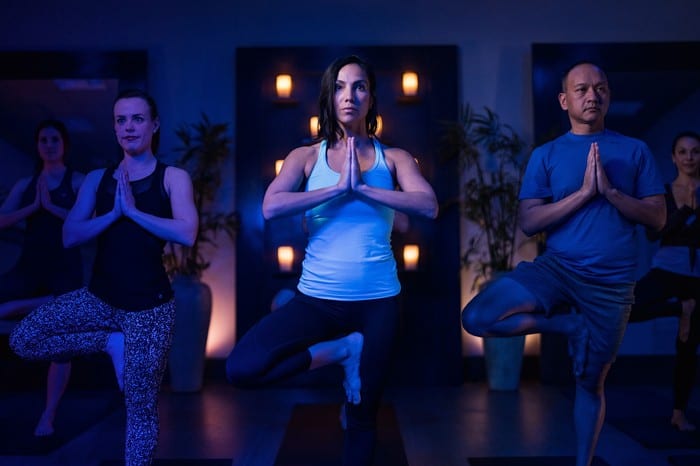
During Class
Once the class begins, quiet attentiveness is customary, although it is acceptable to raise your hand and ask for help if you need it. The teacher will come to you.
Many introductory yoga classes include some of the same poses and practices, including chanting “Om” and savasana, a resting pose which concludes the class. Yoga classes also customarily conclude with the exchange of “Namasté” (“I bow to the Divine in you”) between teachers and students. If at any point the class becomes too challenging or you need a break, assume child’s pose.)
As yoga instructor Gillian Gibree told Shape: “Yoga is supposed to feel good, so if there’s a pose or movement that causes strain or pain remember you can always modify or go into a grounding posture such as child’s pose. There’s always a modification you can explore,” she says. “Sometimes I just lay on my mat and relax in savasana.”
Also, keep in mind that yoga is all about moving at your own pace according to your own ability. Flexibility is not a must. Rather than judging your body and performance by the person next to you, focus on your own physical, mental, and spiritual practice.
Be aware that in addition to words of advice, instructors may also offer pose adjustments in the form of physical touch. They will typically ask for your permission before doing so. Additionally, all yoga teachers have different ways and approaches. Trying a variety of classes can help you find the instructor who best agrees with your own individual preferences.
One last thing to keep in mind when beginning your yoga journey is that like any other physical activity, you’ll improve with time and practice. As yoga teacher Jonathan Old-Rowe told Shape: “During your first class, your mind might jump around and you may judge yourself or feel as though you are doing it wrong, but it’s all a process. Come back to your mat, smile, have fun, let go, laugh at yourself, and above all, smile.”

